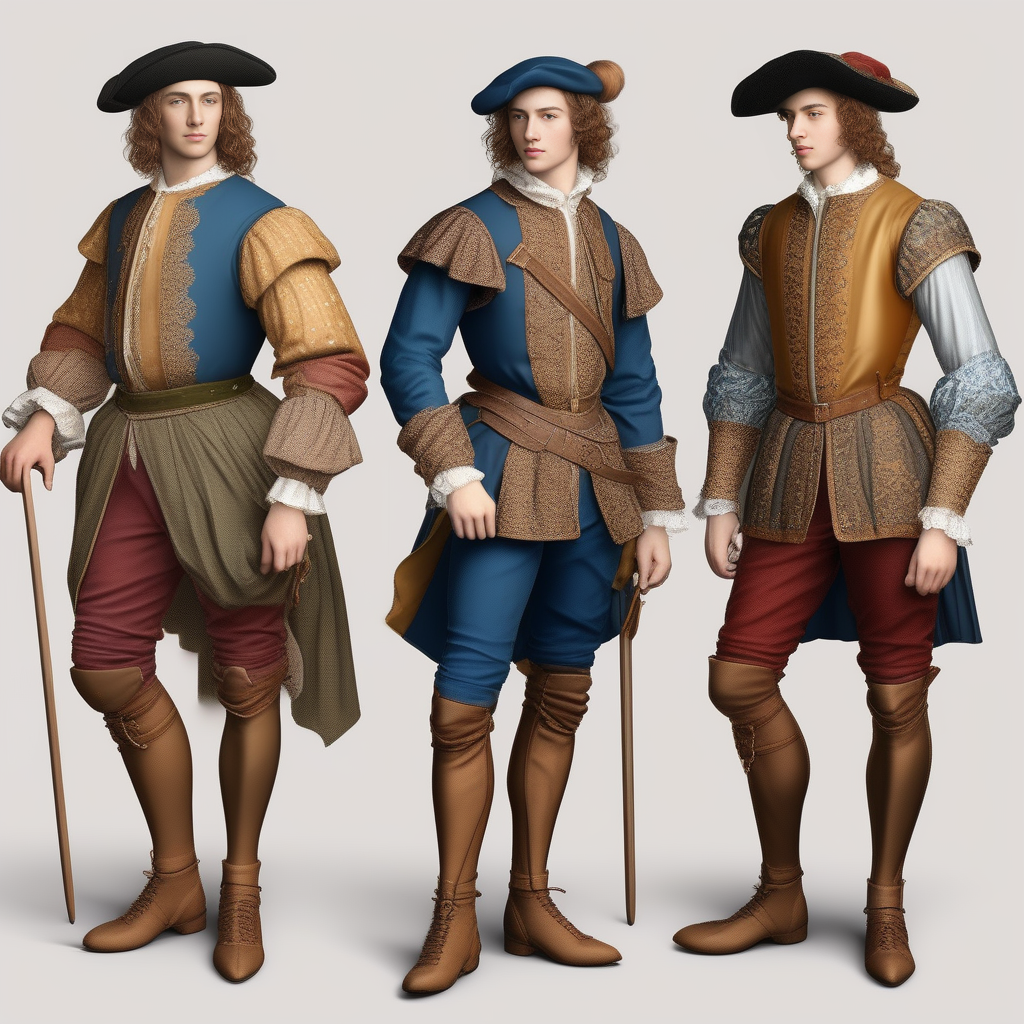Gallants were a type of fashionable and dashing young man during the Renaissance period in Europe. They were known for their charm, wit, and skill in courtly activities such as dancing, swordplay, and horseback riding. Gallants were often seen as symbols of sophistication and elegance, and they were admired and envied by many.
Gallants were typically wealthy and well-born, with the means to afford expensive clothing, accessories, and entertainment. They were known for their extravagant lifestyles, attending lavish parties, engaging in romantic pursuits, and participating in social events with other members of the elite class.
Despite their reputation for being frivolous and self-indulgent, gallants were also expected to uphold certain codes of conduct, such as chivalry, honor, and loyalty. They were often seen as protectors of women and defenders of the weak, and their actions were guided by a sense of nobility and duty.
In literature and art, gallants were frequently depicted as romantic heroes and protagonists in stories of love, adventure, and intrigue. Their exploits and escapades were celebrated in poems, plays, and paintings, immortalizing them as symbols of the idealized masculine ideals of their time.
